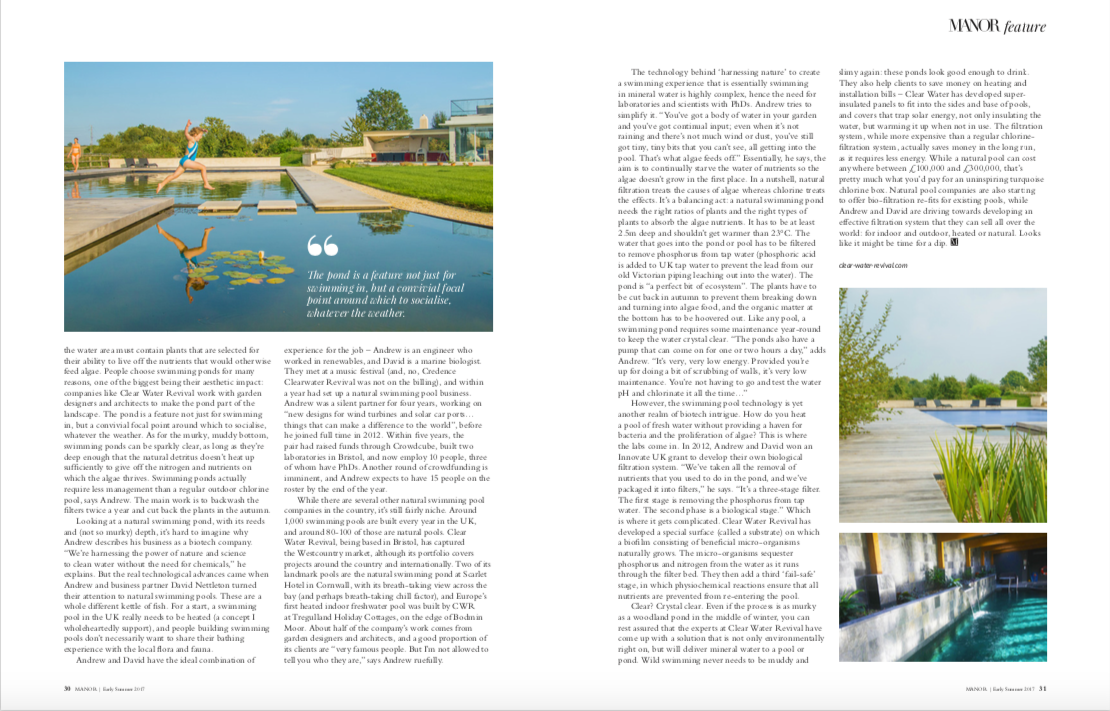Come on in, the water's lovely
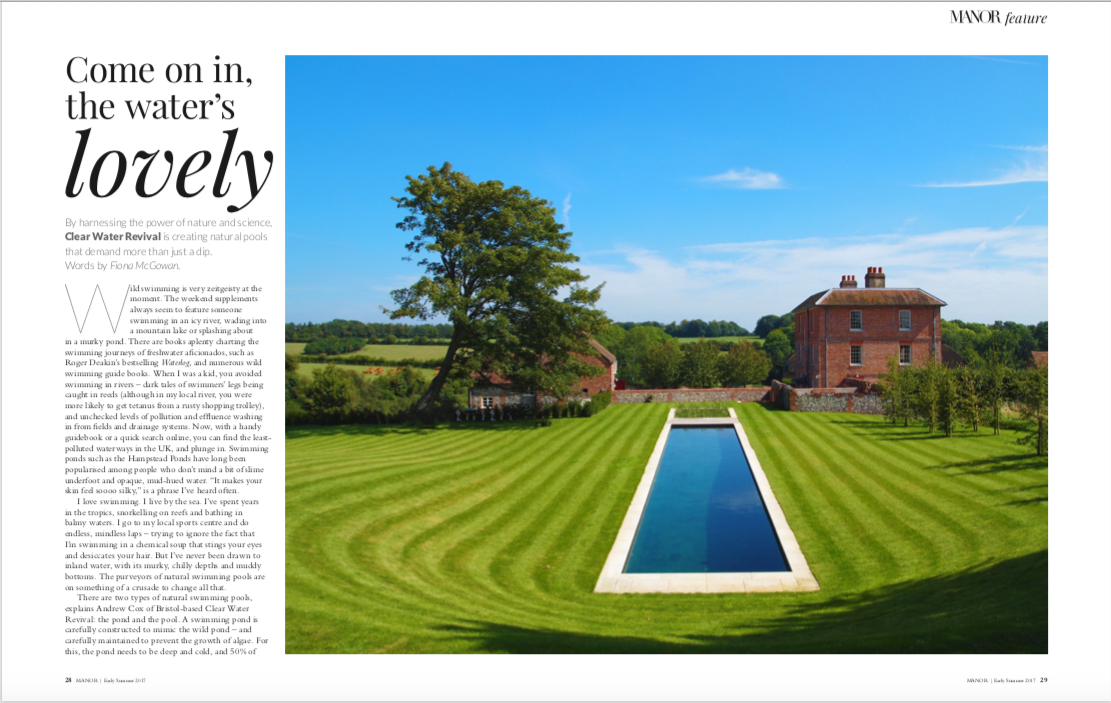
Wild swimming is very zeitgeisty at the moment. The weekend supplements always seem to feature someone swimming in an icy river, wading into a mountain lake or splashing about in a murky pond. There are books aplenty charting the swimming journeys of freshwater aficionados, such as Roger Deakin’s bestselling Waterlog, and numerous wild swimming guide books. When I was a kid, you avoided swimming in rivers – dark tales of swimmers’ legs being caught in reeds (although in my local river, you were more likely to get tetanus from a rusty shopping trolley), and unchecked levels of pollution and effluence washing in from fields and drainage systems. Now, with a handy guidebook or a quick search online, you can find the least- polluted waterways in the UK, and plunge in. Swimming ponds such as the Hampstead Ponds have long been popularised among people who don’t mind a bit of slime underfoot and opaque, mud-hued water. “It makes your skin feel soooo silky,” is a phrase I’ve heard often.
I love swimming. I live by the sea. I’ve spent years in the tropics, snorkelling on reefs and bathing in balmy waters. I go to my local sports centre and do endless, mindless laps – trying to ignore the fact that I’m swimming in a chemical soup that stings your eyes and desiccates your hair. But I’ve never been drawn to inland water, with its murky, chilly depths and muddy bottoms. The purveyors of natural swimming pools are on something of a crusade to change all that.
There are two types of natural swimming pools, explains Andrew Cox of Bristol-based Clear Water Revival: the pond and the pool. A swimming pond is carefully constructed to mimic the wild pond – and carefully maintained to prevent the growth of algae. For this, the pond needs to be deep and cold, and 50% of the water area must contain plants that are selected for their ability to live off the nutrients that would otherwise feed algae. People choose swimming ponds for many reasons, one of the biggest being their aesthetic impact: companies like Clear Water Revival work with garden designers and architects to make the pond part of the landscape. The pond is a feature not just for swimming in, but a convivial focal point around which to socialise, whatever the weather. As for the murky, muddy bottom, swimming ponds can be sparkly clear, as long as they’re deep enough that the natural detritus doesn’t heat up sufficiently to give off the nitrogen and nutrients on which the algae thrives. Swimming ponds actually require less management than a regular outdoor chlorine pool, says Andrew. The main work is to backwash the filters twice a year and cut back the plants in the autumn.
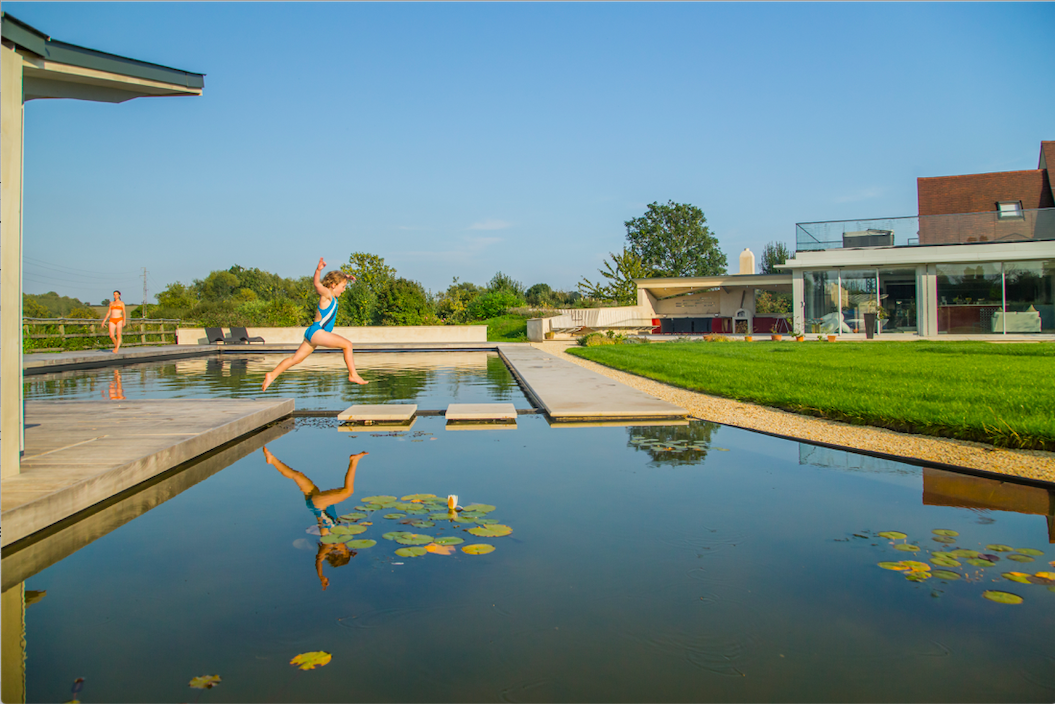
Looking at a natural swimming pond, with its reeds and (not so murky) depth, it’s hard to imagine why Andrew describes his business as a biotech company. “We’re harnessing the power of nature and science to clean water without the need for chemicals,” he explains. But the real technological advances came when Andrew and business partner David Nettleton turned their attention to natural swimming pools. These are a whole different kettle of fish. For a start, a swimming pool in the UK really needs to be heated (a concept I wholeheartedly support), and people building swimming pools don’t necessarily want to share their bathing experience with the local flora and fauna.
Andrew and David have the ideal combination of experience for the job – Andrew is an engineer who worked in renewables, and David is a marine biologist. They met at a music festival (and, no, Credence Clearwater Revival was not on the billing), and within a year had set up a natural swimming pool business. Andrew was a silent partner for four years, working on “new designs for wind turbines and solar car ports... things that can make a difference to the world”, before he joined full time in 2012. Within five years, the pair had raised funds through Crowdcube, built two laboratories in Bristol, and now employ 10 people, three of whom have PhDs. Another round of crowdfunding is imminent, and Andrew expects to have 15 people on the roster by the end of the year.
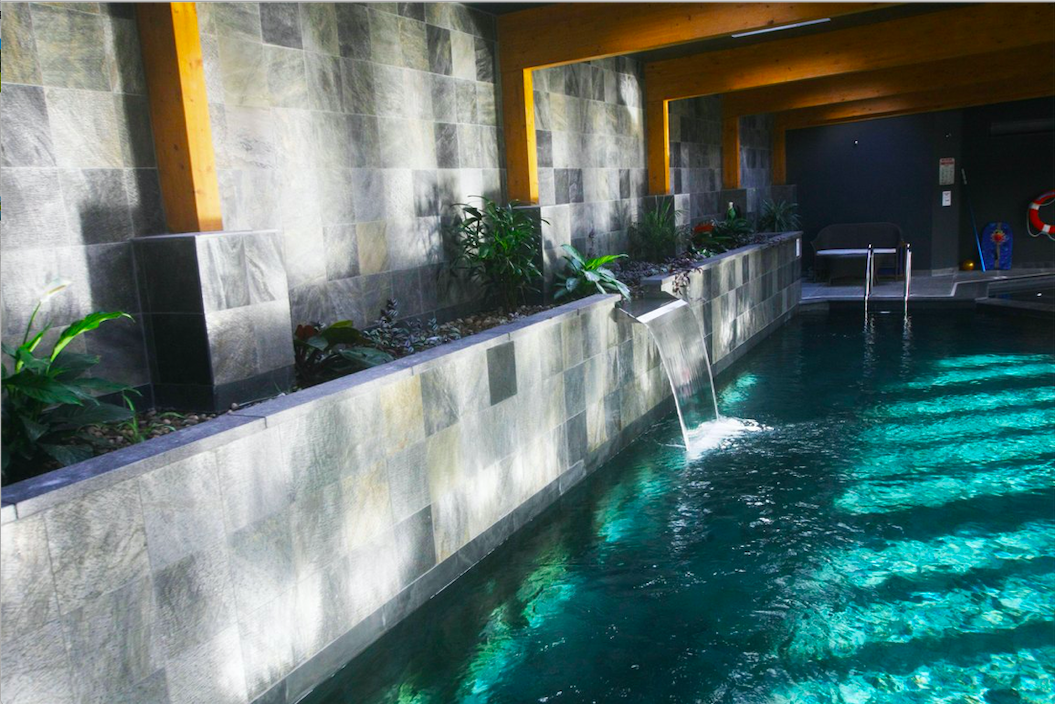
While there are several other natural swimming pool companies in the country, it’s still fairly niche. Around 1,000 swimming pools are built every year in the UK, and around 80-100 of those are natural pools. Clear Water Revival, being based in Bristol, has captured the Westcountry market, although its portfolio covers projects around the country and internationally. Two of its landmark pools are the natural swimming pond at Scarlet Hotel in Cornwall, with its breath-taking view across the bay (and perhaps breath-taking chill factor), and Europe’s first heated indoor freshwater pool was built by CWR at Tregulland Holiday Cottages, on the edge of Bodmin Moor. About half of the company’s work comes from garden designers and architects, and a good proportion of its clients are “very famous people. But I’m not allowed to tell you who they are,” says Andrew ruefully.
The technology behind ‘harnessing nature’ to create a swimming experience that is essentially swimming in mineral water is highly complex, hence the need for laboratories and scientists with PhDs. Andrew tries to simplify it. “You’ve got a body of water in your garden and you’ve got continual input; even when it’s not raining and there’s not much wind or dust, you’ve still got tiny, tiny bits that you can’t see, all getting into the pool. That’s what algae feeds off.” Essentially, he says, the aim is to continually starve the water of nutrients so the algae doesn’t grow in the first place. In a nutshell, natural filtration treats the causes of algae whereas chlorine treats the effects. It’s a balancing act: a natural swimming pond needs the right ratios of plants and the right types of plants to absorb the algae nutrients. It has to be at least 2.5m deep and shouldn’t get warmer than 23°C. The water that goes into the pond or pool has to be filtered to remove phosphorus from tap water (phosphoric acid
is added to UK tap water to prevent the lead from our old Victorian piping leaching out into the water). The pond is “a perfect bit of ecosystem”. The plants have to be cut back in autumn to prevent them breaking down and turning into algae food, and the organic matter at the bottom has to be hoovered out. Like any pool, a swimming pond requires some maintenance year-round to keep the water crystal clear. “The ponds also have a pump that can come on for one or two hours a day,” adds Andrew. “It’s very, very low energy. Provided you’re up for doing a bit of scrubbing of walls, it’s very low maintenance. You’re not having to go and test the water pH and chlorinate it all the time...”
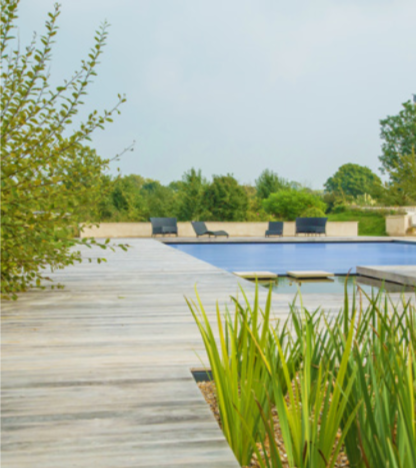
However, the swimming pool technology is yet another realm of biotech intrigue. How do you heat a pool of fresh water without providing a haven for bacteria and the proliferation of algae? This is where the labs come in. In 2012, Andrew and David won an Innovate UK grant to develop their own biological filtration system. “We’ve taken all the removal of nutrients that you used to do in the pond, and we’ve packaged it into filters,” he says. “It’s a three-stage filter. The first stage is removing the phosphorus from tap water. The second phase is a biological stage.” Which
is where it gets complicated. Clear Water Revival has developed a special surface (called a substrate) on which a biofilm consisting of beneficial micro-organisms naturally grows. The micro-organisms sequester phosphorus and nitrogen from the water as it runs through the filter bed. They then add a third ‘fail-safe’ stage, in which physiochemical reactions ensure that all nutrients are prevented from re-entering the pool.
Clear? Crystal clear. Even if the process is as murky as a woodland pond in the middle of winter, you can rest assured that the experts at Clear Water Revival have come up with a solution that is not only environmentally right on, but will deliver mineral water to a pool or pond. Wild swimming never needs to be muddy and slimy again: these ponds look good enough to drink. They also help clients to save money on heating and installation bills – Clear Water has developed super- insulated panels to fit into the sides and base of pools, and covers that trap solar energy, not only insulating the water, but warming it up when not in use. The filtration system, while more expensive than a regular chlorine- filtration system, actually saves money in the long run, as it requires less energy. While a natural pool can cost anywhere between £100,000 and £300,000, that’s pretty much what you’d pay for an uninspiring turquoise chlorine box. Natural pool companies are also starting to offer bio-filtration re-fits for existing pools, while Andrew and David are driving towards developing an effective filtration system that they can sell all over the world: for indoor and outdoor, heated or natural. Looks like it might be time for a dip.
clear-water-revival.com
